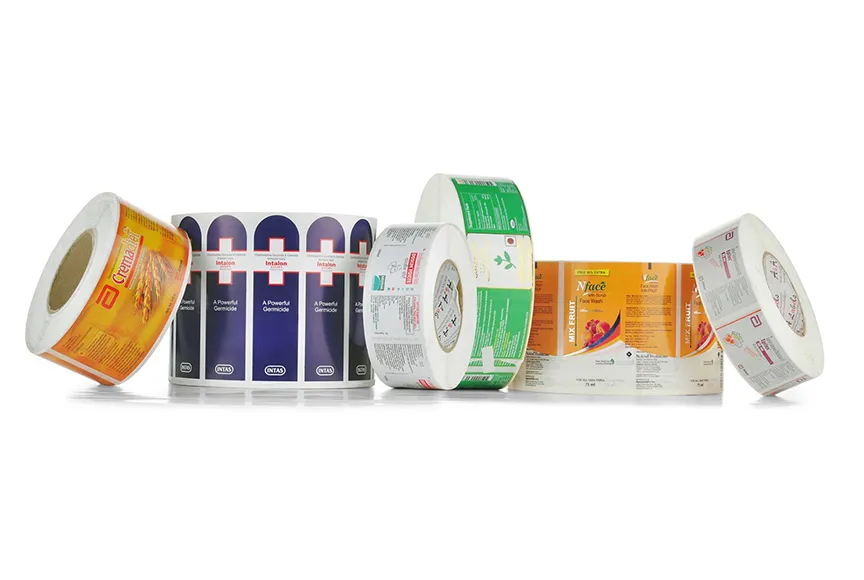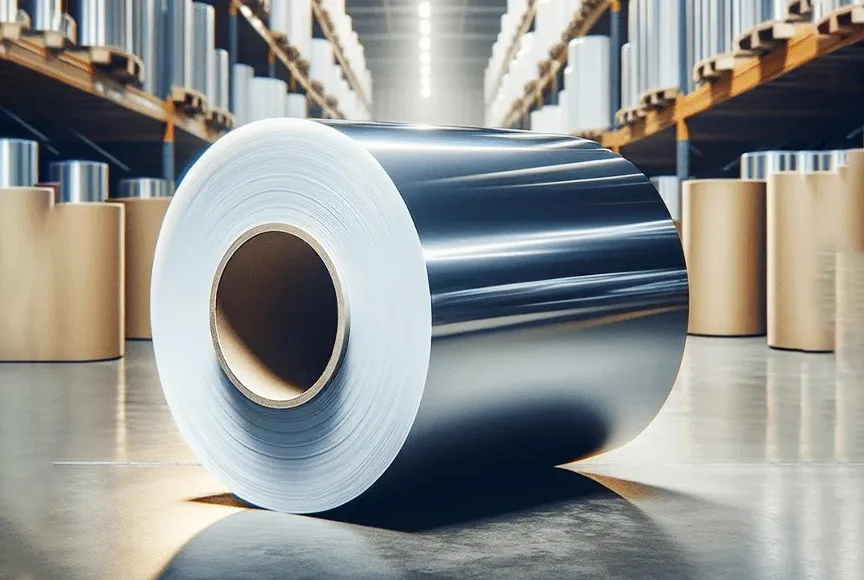Advantages and disadvantages of different types of sticker label material
Paper-based surface materials:
-
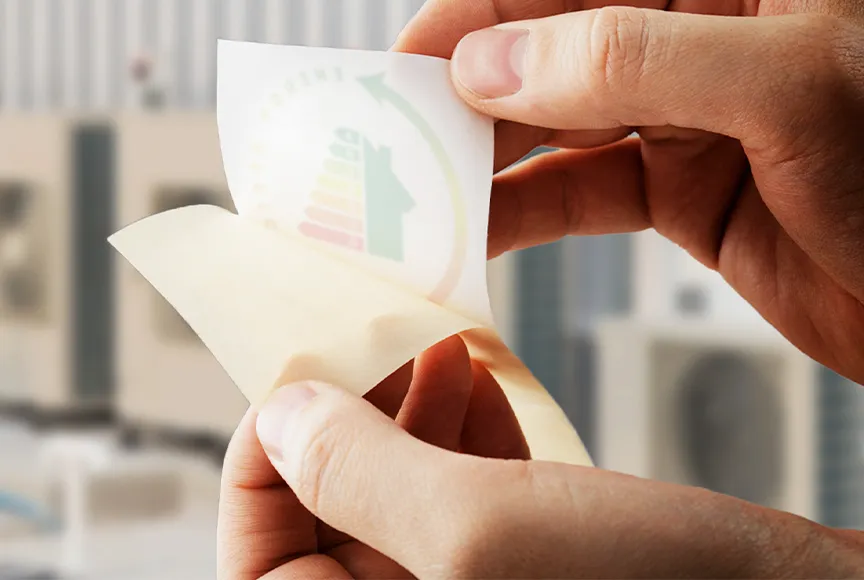
Coated paper Label Materials
-

thermal paper Label Materials
-
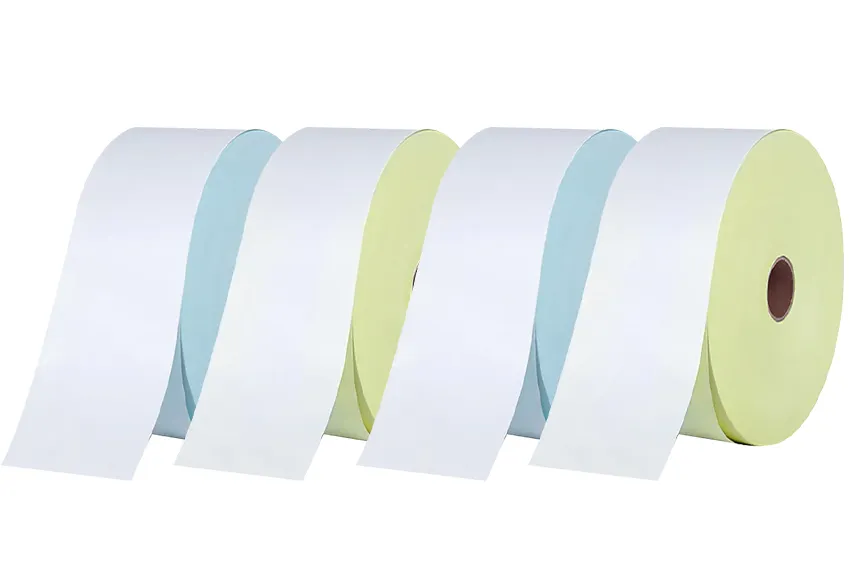
offset paper Label Materials
At the same time, paper-based facestock labels materials are generally cheaper than film-based facestock materials. This combination of cost-effectiveness and versatility is very valuable, especially for products that do not require more expensive options. But paper-based facestocks also have other expensive products, especially textured paper or matte coated paper used for wine label material and high-end product packaging. Although the cost is higher, it can enhance the overall texture and brand image of the product with its unique appearance and texture.
Although paper-based facestocks have many advantages, they have some limitations in terms of durability. Paper paper label material are usually not waterproof, oil-proof, or tear-proof, and are easily damaged by environmental influences, especially in humid, cold or chemically exposed environments, the life of the label will be greatly shortened. Therefore, paper-based facestocks are mostly used in indoor or short-term use scenarios, such as shipping labels and price label in the retail and logistics industries.
Film facestock:

Another advantage of film facestock is that you can modify its opacity, ranging from a completely opaque label (which does not let light damage the product) to a clear film materials for a no-label appearance. The no-label appearance is achieved by using a highly transparent film material so that the label is almost integrated with the packaging, presenting a clean and simple visual effect. This design makes the product packaging look more high-end and modern, suitable for high-value products such as cosmetics and craft beverages. The no-label effect not only highlights the texture and color of the product itself, but also enhances the visual appeal of the brand, making the product stand out on the shelf while enhancing the brand's sophisticated image.
Of course, film facestock also has its disadvantages. First, the production cost of film materials is generally higher than that of paper materials, which may put pressure on companies with limited budgets. Secondly, many film materials are non-degradable and have poor environmental protection, which burdens the environment. In addition, film facestock has high requirements during processing and printing, requiring specialized equipment and technology, which increases the complexity of production. Its smooth surface may lead to poor adhesion of printing inks and glues, and additional surface treatment is usually required to ensure printing effect and adhesion. Finally, film materials are prone to static electricity, which may cause operational difficulties during production and application.
Generally speaking, everything has two sides. When selecting adhesive label material, companies should consider the specific needs of the product, the use environment, and the cost budget, and make comprehensive considerations to ensure that the sticker label material can meet the performance requirements and is sustainable and cost-effective.
How to choose the right label material?
Sailing is a Chinese factory specializing in thermal paper and sticker label materials. We can design for free according to your needs. If you need to purchase label materials, please contact me immediately!






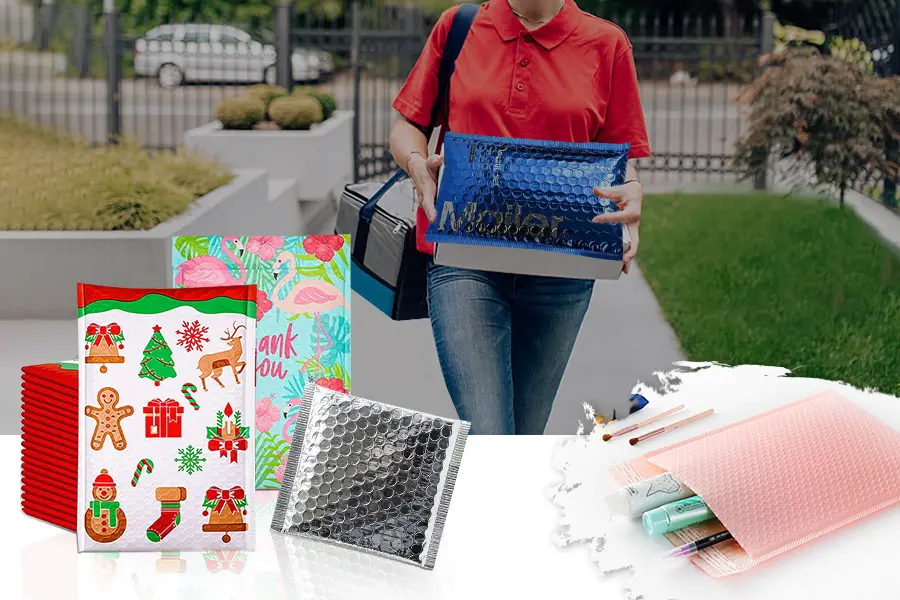 Thermal labels
Thermal labels
